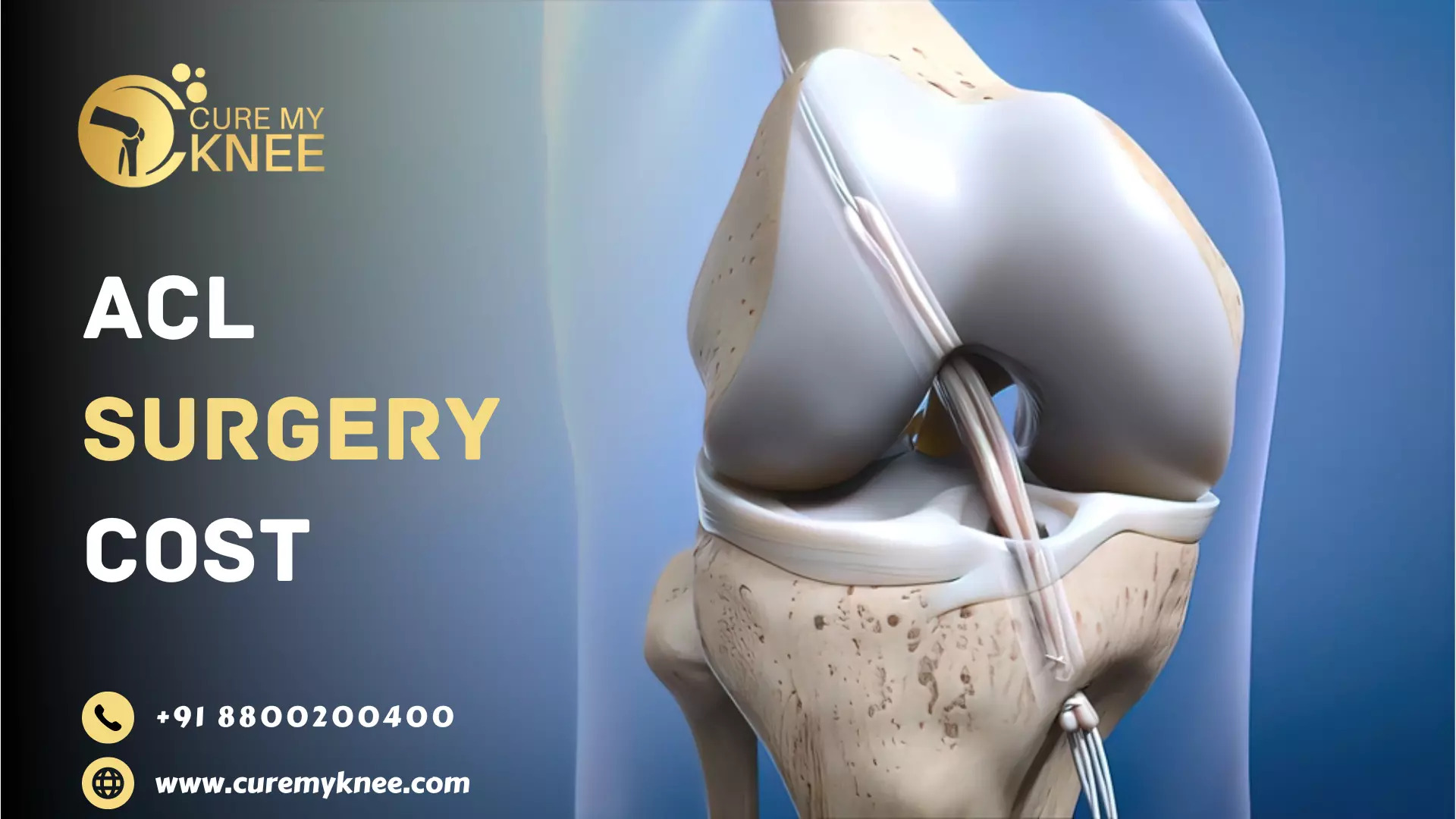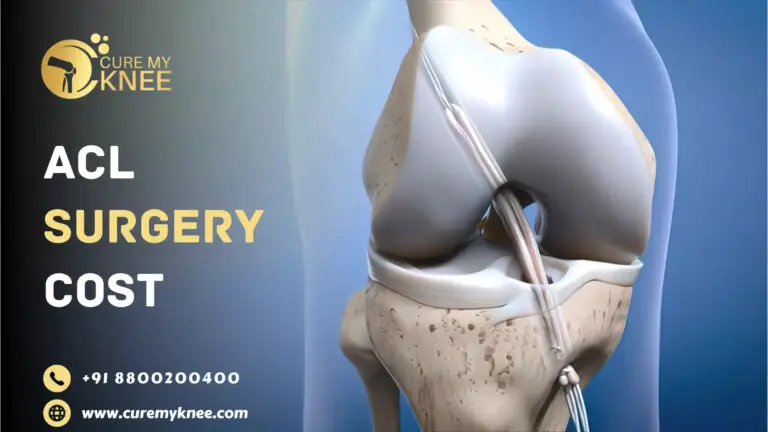ACL surgery cost in India is between Rs. 70,000 to Rs. 2,00,000 but the cost can depend on various factors like Severity of the ligament tear, type of implant, Hospital, patient condition
ACL surgery cost can depend on various factors. These factors include:
What is Ligament Injury?
A ligament may be ripped or stretched causing a sprain. It happens when a ligament is twisted, or forced to stretch too far or in the wrong direction. The most affected part due to ligament injuries in the knee, ankle, shoulder, elbow, wrist or hip. A common type of ligament injury is Anterior Cruciate Ligament (ACL) Tear in knee joint.
When do you need a Knee Arthroscopy?
- The major symptoms are complaints of knee pain and swelling following a knee injury.
- Swelling is abrupt in case of cruciate ligament tears and in meniscal tears the swelling appears after a night.
- A clicking sound on flexion, extension of knee as in climbing up or down the stairs.
- Locking of the knee
Knee Arthroscopy is the common arthroscopy procedure performed by orthopedists. The frequently observed arthroscopic procedures to the knee include:
- ACL/PCL: Torn anterior or posterior cruciate ligament.
- Meniscus tear.
- Fractures.
- Dislocated patella (knee cap)
Arthroscopic procedures allow your surgeon to repair issues related to the knee with surgical techniques like suturing, inserting pins or rivets, or repositioning bones. It also helps extract tissue or bone that causes pain, for example:
- Loose cartilage or its parts.
- Arthritis associated Baker’s cyst.
- Swollen or inflamed synovium (the lining in the joint)
What are the most common types of Arthroscopies surgeries performed?
Some of the most common arthroscopies surgeries performed include knee, shoulder, hip, and ankle surgery. A brief description of Knee Arthroscopy and Shoulder Arthroscopy are described below –
Knee Arthroscopy
Anatomy of the Knee Ligaments
The knee is the largest joint of the body consisting of tibiofemoral and patellofemoral articulations. Knee joint is inherently unstable and stability is largely dependent on surrounding capsule-ligamentous complex.
Ligaments and menisci primarily stabilizing the knee joint are :
- Collateral ligaments (medial and lateral)
- Cruciate ligaments (anterior and posterior)
- Menisci (medial and lateral)
Function of Collateral Ligaments :
The collateral ligaments are present on either side of the knee joint. Their prime role is to provide stability against a varus or a valgus force as shown in the image below. If a valgus stress (distal to joint, limb moves outwards) is given to the knee, the MCL is stretched and torn and vice versa. So, collateral ligaments basically stabilize the knee joint in the coronal plane. Varus stability is maintained by LCL and valgus stability is maintained by MCL.
Cruciate Ligaments
These include the anterior and the posterior cruciate ligaments (PCLs) that classically cross centrally in the joint in the shape of an “X” when viewed from the front.
Anterior cruciate ligament (ACL): It takes origin from the medial wall of lateral femoral condyle (posteriorly in the area of the intercondylar notch) and courses anteriorly and medially to insert on the intercondylar area of the tibia.
Posterior cruciate ligament (PCL): This ligament (1.5 times thicker than ACL) has a course entirely opposite to that of ACL. It takes origin from the lateral wall of medial femoral condyle and courses posteriorly and laterally to insert on an area that is around 1.5 cm posterior and inferior to the posterior articular margin of the tibia.
Website: https://curemyknee.com/
Clinic Address: H – 1565, LGF, Chittaranjan Park, New Delhi – 110019
Whatsapp | Phone no.: 8800200400, 8800040372
0







